Introduction

Bird watching, also known as birding, is the observation and study of birds in their natural habitats. It involves identifying and documenting bird species, their behaviors, and their interactions with the environment. Bird watchers often use binoculars, field guides, and other tools to aid in their observations.
Benefits of Bird Watching
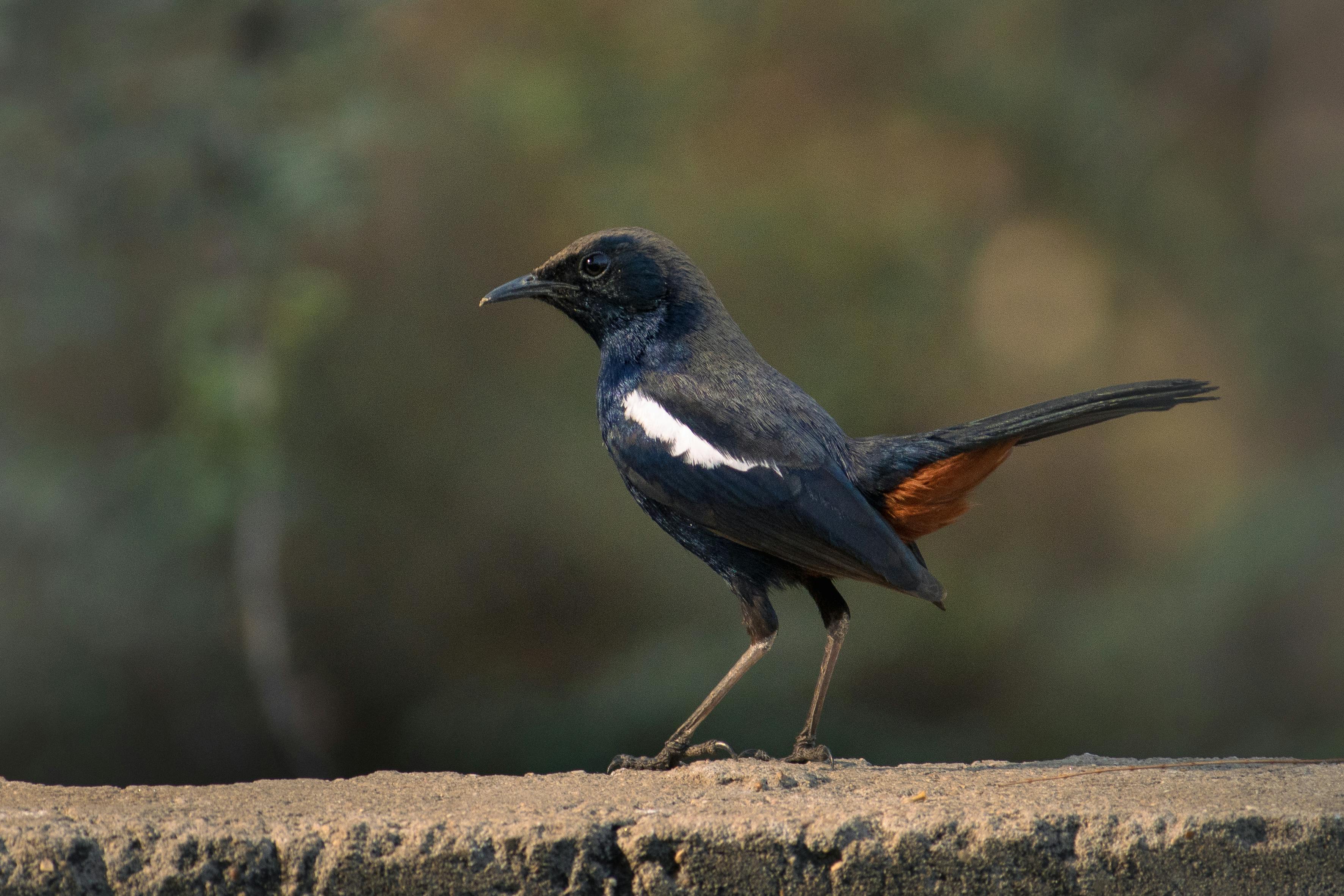
Bird watching provides a range of benefits for individuals, communities, and the environment. It offers a unique opportunity to connect with nature and appreciate the beauty and diversity of bird species. The following are some key benefits of bird watching:
-
Relaxation and Stress Relief: Bird watching can be a form of relaxation and stress relief, allowing enthusiasts to escape the pressures of daily life and immerse themselves in the natural world.
-
Physical Activity: Bird watching promotes physical activity, providing an enjoyable way to stay active and explore the outdoors while engaging in a rewarding and intellectually stimulating activity.
-
Environmental Awareness and Conservation: Bird watching enhances environmental awareness and conservation efforts by fostering an understanding of the importance of protecting bird habitats and ecosystems.
-
Social Engagement: Bird watching can be a social activity, bringing people together who share a common interest in birds and nature.
-
Scientific Contribution: Bird watching provides opportunities for scientific research and citizen science initiatives, contributing valuable data to bird population studies, migration patterns, and conservation projects.
In conclusion, bird watching is a rewarding and fulfilling activity that allows people to connect with nature, find solace in its beauty, and contribute to conservation efforts.
Where to Find Birds

Bird watching enthusiasts have a plethora of options when it comes to finding birds. From renowned birding hotspots to local parks and nature reserves, these locations offer diverse habitats that attract a wide range of avian species.
Birding Hotspots

Birding hotspots are specific locations known for their high bird diversity and abundance. They can be found in a range of habitats, including forests, wetlands, grasslands, and coastal areas. Notable hotspots include:
- The Everglades National Park, Florida, USA: Renowned for its vast wetlands and diverse bird species.
- The Kruger National Park, South Africa: Celebrated for its diverse birdlife and expansive landscapes.
- The Pantanal, Brazil: One of the world’s largest tropical wetlands, home to a rich avian population.
Parks
Urban and rural parks offer excellent opportunities for bird watching. Central Park in New York City, for instance, attracts a remarkable array of birds. Rural parks, national parks, and state parks feature diverse habitats with various vegetation, providing shelter and food sources for a wide range of birdlife.
Nature Reserves

Nature reserves are dedicated areas that protect and conserve natural habitats and the species that inhabit them. These reserves often encompass diverse ecosystems, making them prime locations for bird watching. Within these protected areas, bird enthusiasts can observe birds in their undisturbed habitats, fostering a deeper understanding of their behavior and ecological roles.
In the next sections, we will discuss essential equipment and tips for successful birdwatching, as well as the importance of birdwatching etiquette in preserving the natural environment for future generations.
What to Bring Along for an Engaging Birdwatching Adventure

When preparing for a birdwatching excursion, it’s crucial to have the right gear and equipment. Here are the essential items you should bring along:
Binoculars: Observe Birds Up Close
Binoculars are a must-have tool for birdwatching enthusiasts. Consider the following factors when choosing binoculars:
- Magnification Power: Look for binoculars with a magnification power of at least 8x to 10x for a balance between zoom and image steadiness.
- Objective Lens Diameter: Opt for binoculars with a lens diameter of 32mm to 42mm for clear and bright images.
- Weight and Durability: Choose lightweight and durable binoculars that can withstand outdoor conditions.
- Ease of Use: Select comfortable and easy-to-adjust binoculars with smooth focusing and adjustable eyecups.
- Waterproof or Water-Resistant: If birdwatching in wet environments, consider waterproof or water-resistant binoculars.
Bird Identification Guide: Discover and Identify Species

A bird identification guide is an indispensable companion. Consider these features when choosing a guide:
- Regional Relevance: Pick a guide specific to your region for accurate identification of local bird species.
- Clear Photographs or Illustrations: Look for high-quality visuals that aid in accurate identification and enhance enjoyment.
- Detailed Descriptions: Opt for a guide with comprehensive descriptions of each bird species, including size, coloration, markings, and distinctive features.
- Habitat and Behavior Information: Choose a guide that provides insights into birds’ natural habitats and behaviors to increase your chances of spotting them.
- Field Guide App or Mobile Birding App: Consider using a digital bird identification guide for convenience and portability.
Camera: Capture Memorable Moments
Bringing a camera enhances your birdwatching experience by allowing you to document the birds you encounter. Consider these factors when selecting a camera:
- Zoom or Telephoto Lens: Choose a camera with a zoom or telephoto lens to capture distant or small birds effectively.
- Weight and Portability: Opt for a lightweight and compact camera for easy carrying.
- Battery Life and Storage Capacity: Ensure sufficient battery life and storage capacity to capture incredible bird sightings.
- Familiarize Yourself: Before your trip, familiarize yourself with your camera’s settings and features for quick adjustments.
Clothing: Stay Comfortable and Safe
Proper clothing is essential for comfort and safety during birdwatching. Consider these clothing items:
- Layered Clothing: Dress in layers to adapt to changing weather conditions throughout the day.
- Neutral Colors: Wear neutral or earthy tones to blend in with the surroundings and avoid startling the birds.
- Hat and Sunglasses: Protect yourself from the sun with a hat and sunglasses.
- Comfortable Shoes: Opt for closed-toe shoes with good support and traction for walking on various terrains.
- Insect Repellent: Apply insect repellent in areas with high bug activity.
- Rain Gear: Carry a lightweight, waterproof jacket or poncho for unexpected rain showers.
By packing these essential items, you’ll be well-prepared for an engaging and successful birdwatching experience.
Tips for an Engaging Birdwatching Experience

Birdwatching is a rewarding activity that allows you to connect with nature and observe avian beauty. Here are some valuable tips to enhance your birdwatching experience:
Be Patient: Embrace the Art of Observation
Birdwatching requires patience as birds can be elusive. Find a comfortable spot, settle down, and wait quietly. Minimize disturbances and unnecessary movements to allow birds to approach.
Move Slowly: Blend In with Nature
To avoid startling birds, move slowly and deliberately. Blend in with the surroundings and minimize your impact on the environment. Employ slow, fluid motions when adjusting your position or focusing on a bird.
Stay Quiet: Preserve the Serenity
Keep noise to a minimum to maintain a serene environment. Whisper or use soft voices when communicating with others. Silence mobile devices and avoid unnecessary rustling of equipment or bags.
By following these tips, you can increase your chances of observing birds in their natural habitats and capturing memorable sightings. Embrace the principles of patience, slow movement, and quiet observation to discover a world of fascinating avian wonders waiting to be explored.
Bird Watching Etiquette
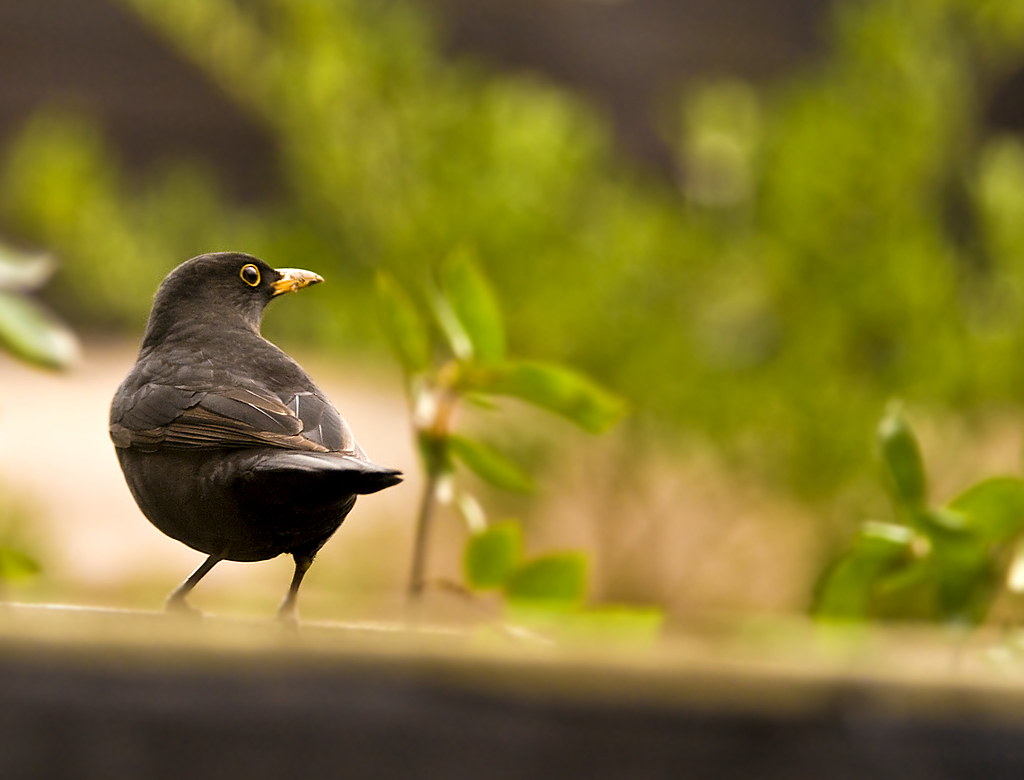
Bird watching is a delightful activity that allows us to connect with nature and observe the beauty of birds in their natural habitats. To ensure the well-being of the birds and their environments, it is important to practice proper bird watching etiquette. By respecting nature, avoiding disturbance to nesting birds, and showing respect for wildlife, we can enjoy this activity responsibly and sustainably.
Respect Nature
Preserving the delicate balance of ecosystems and protecting bird habitats is crucial while bird watching. Here are some guidelines to follow:
-
Stay on designated trails or paths: By sticking to designated areas, we prevent trampling vegetation and disturbing wildlife habitats.
-
Leave everything undisturbed: Maintaining the natural beauty of the environment and allowing others to enjoy it too means not collecting or removing plants, flowers, or natural objects.
-
Leave no trace: Pack out all trash and dispose of it properly to keep the surroundings clean and protect wildlife from potential harm.
-
Maintain a quiet atmosphere: Avoid excessive noise, as it can disrupt the natural environment and frighten away birds. A peaceful atmosphere is essential for bird watching.
Avoid Disturbing Nesting Birds
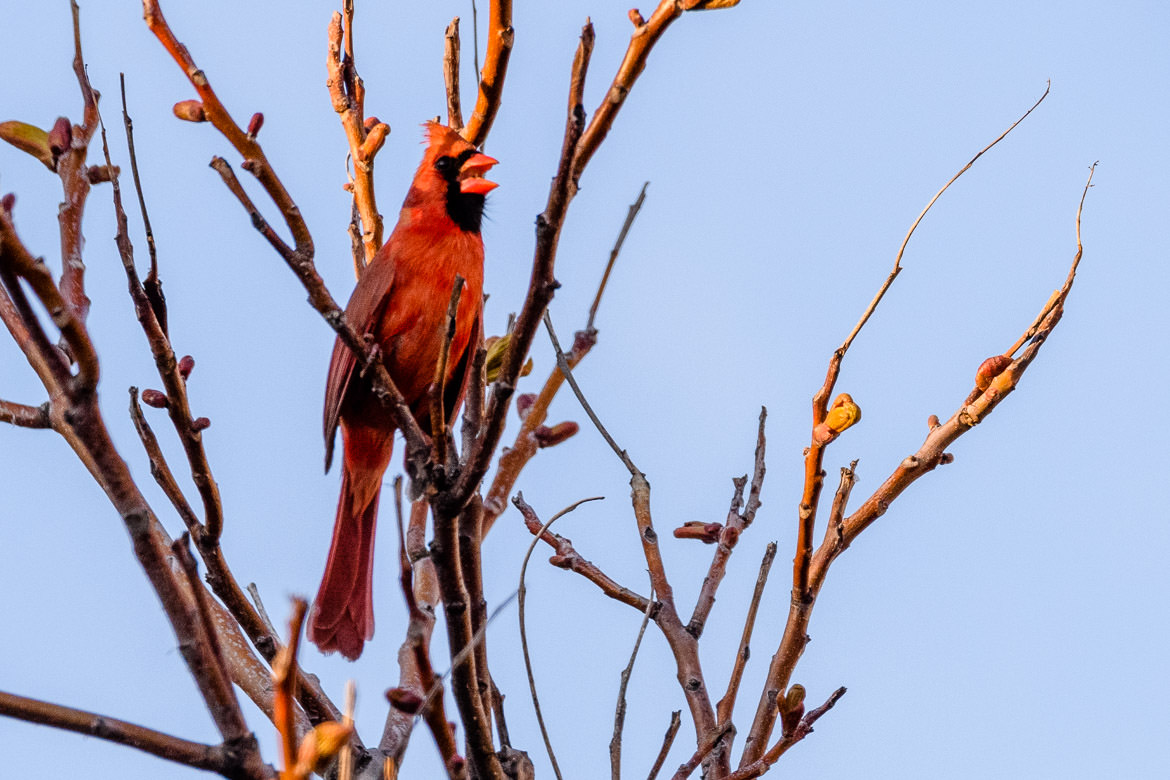
During breeding seasons, birds are particularly vulnerable, so it is crucial to avoid disturbing them. Here are some guidelines to follow:
-
Keep a safe distance: Respect the boundaries of nesting sites and observe from a distance using binoculars or a spotting scope. This allows us to enjoy watching nesting behavior without causing stress or harm to the birds.
-
Be mindful of breeding seasons: Familiarize yourself with the breeding seasons of local bird species and avoid approaching nests or disturbing birds during this sensitive time. By doing so, we contribute to their successful reproduction and survival.
-
Do not touch nests or eggs: Interfering with bird nests or eggs can cause stress to the birds and potentially lead to nest abandonment. It is important to refrain from touching or handling them.
Respect Wildlife
Respecting wildlife is crucial for their well-being and the overall balance of the ecosystem. Here are some guidelines to follow:
-
Do not feed birds or wildlife: Feeding birds or wildlife disrupts their natural foraging patterns and creates dependency on human-provided food sources. It is best to let them find their own natural food sources.
-
Observe from a respectful distance: To avoid causing stress or altering their behavior, observe birds from a respectful distance. Binoculars or a camera with a zoom lens can help capture close-up views without intruding on their space.
-
Refrain from capturing or handling birds: Unless you are a trained and licensed bird rehabilitator, it is important not to attempt to capture or handle birds. This ensures their safety and prevents unnecessary harm.
-
Avoid using flash photography: Flash photography can startle or disorient birds and other wildlife, potentially causing harm. It is best to refrain from using flash when photographing birds, respecting their natural behavior and environment.
By following these bird watching etiquette guidelines and being considerate of the birds and their habitats, we can enjoy the wonders of bird watching while minimizing our impact on their well-being.
Conclusion
Summary

Bird watching is a rewarding and enriching hobby that allows enthusiasts to connect with nature and experience the beauty of avian life. Throughout this article, we explored the definition of bird watching and its numerous benefits. We discussed where to find birds, essential equipment, and valuable tips for a successful bird watching experience. Additionally, we highlighted the importance of practicing bird watching etiquette to protect the welfare of birds and their habitats.
Benefits of Bird Watching
Engaging in bird watching offers a wide range of benefits beyond the enjoyment of observing birds. It promotes relaxation, reduces stress, and improves overall mood. This serene and peaceful activity encourages mindfulness and fosters a deeper connection with the natural world.
Moreover, bird watching is an educational pursuit that provides opportunities for learning and discovery. Enthusiasts expand their knowledge of different bird species, behaviors, and habitats. By observing birds in their natural environment, individuals gain insights into the delicate balance of ecosystems and the importance of conservation.
Bird watching also offers a social aspect, bringing together like-minded individuals who share a passion for birds and nature. Joining bird clubs or participating in guided bird walks provides opportunities to connect, exchange experiences, and form new friendships.
Additionally, bird watching can inspire creativity and artistic expression. Many enthusiasts capture the beauty of birds through photography, sketching, or writing. The vibrant colors, intricate plumage, and fascinating behaviors of birds serve as a muse for artistic endeavors.
Resources
For those interested in exploring bird watching further, here are some recommended resources:
-
Field Guides: “The Sibley Guide to Birds” by David Allen Sibley or “National Geographic Field Guide to the Birds of North America” by Jon L. Dunn and Jonathan Alderfer provide detailed information about bird identification, distribution, and behavior.
-
Bird Identification Apps: “Merlin Bird ID” and “iBird” are mobile applications that offer convenient tools for identifying bird species based on physical features, songs, or location.
-
Birding Organizations: Joining local bird clubs or organizations like the National Audubon Society provides access to expert knowledge, organized bird walks, and educational events.
-
Online Communities: Platforms like eBird.org and BirdForum.net allow bird watchers to connect with a global community, share sightings, ask questions, and learn from experienced birders.
Call to Action
Embark on your own bird watching adventure, whether you’re a beginner or an experienced enthusiast. Bird watching is a hobby that can be enjoyed by people of all ages and fitness levels. Visit local parks or nature reserves to observe birds in their natural habitats. Consider setting up bird feeders or bird baths in your backyard to attract a variety of species.
Remember, bird watching is not just about spotting birds; it’s about appreciating their beauty, understanding their ecological significance, and contributing to their conservation. Immerse yourself in the world of birds to gain a deeper appreciation for the natural wonders around you and make a positive impact on the environment.
So grab your binoculars, field guide, and camera, and let the captivating world of birds unfold before your eyes. Get ready to embark on an exciting journey filled with awe-inspiring encounters, lifelong learning, and a profound connection with nature. Happy bird watching!
Frequently Asked Questions
FAQ
1. Where are some popular bird watching locations?
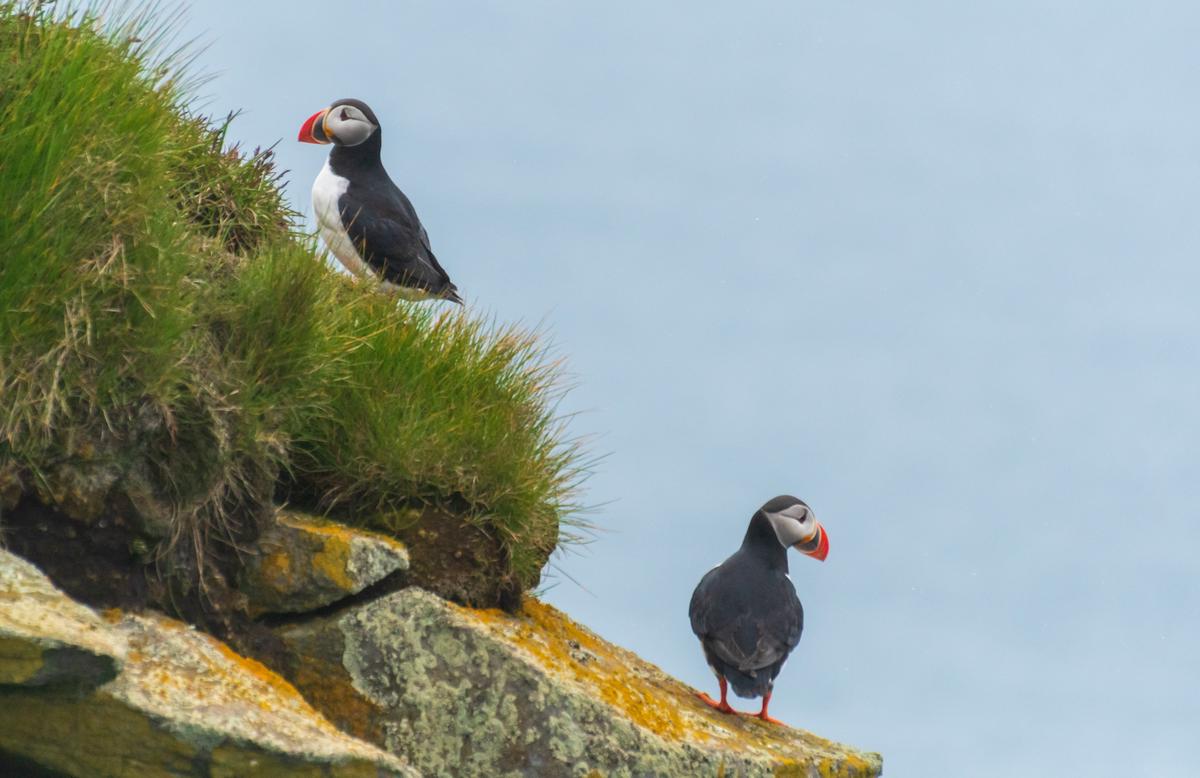
Some popular bird watching locations include the Everglades National Park in Florida, USA, known for its diverse bird species, the Kruger National Park in South Africa, celebrated for its abundant birdlife, and the Pantanal in Brazil, one of the world’s largest tropical wetlands and home to a rich avian population.
2. Are there good bird watching spots in urban areas?
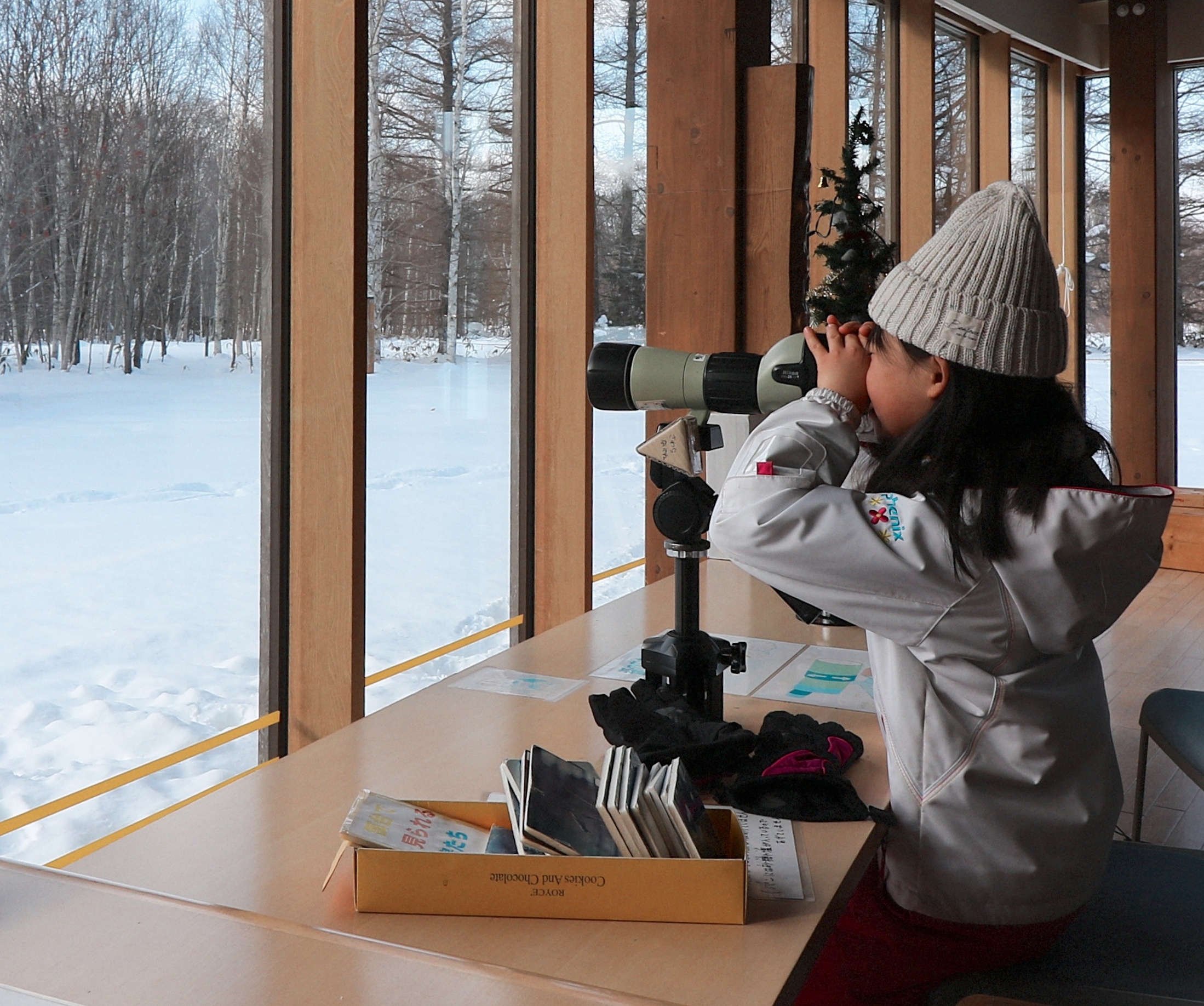
Yes, urban areas often have parks that attract a variety of bird species. Central Park in New York City, for example, is renowned for its remarkable array of birds. Additionally, local parks and nature reserves in urban areas can offer diverse habitats and provide opportunities for bird watching.
3. Are there specific nature reserves ideal for bird watching?
Yes, nature reserves are dedicated areas that protect and conserve natural habitats, making them prime locations for bird watching. These reserves often encompass diverse ecosystems. Some notable nature reserves for bird watching include the Ranthambore National Park in India, the Doñana National Park in Spain, and the Khao Yai National Park in Thailand.
4. Can I find birds to watch in my backyard?
Yes, you can observe birds in your backyard by setting up bird feeders or bird baths. These provide food and water sources that attract a variety of bird species. Creating a bird-friendly environment with native plants, shrubs, and trees can also attract birds to your backyard.
5. How can I find local bird watching spots near me?
To find local bird watching spots near you, you can use online resources such as eBird.org, which provides a database of bird sightings and hotspots submitted by birders worldwide. Local bird clubs or organizations, as well as regional birding guides or forums, can also provide information on nearby bird watching locations.

Leave a Reply